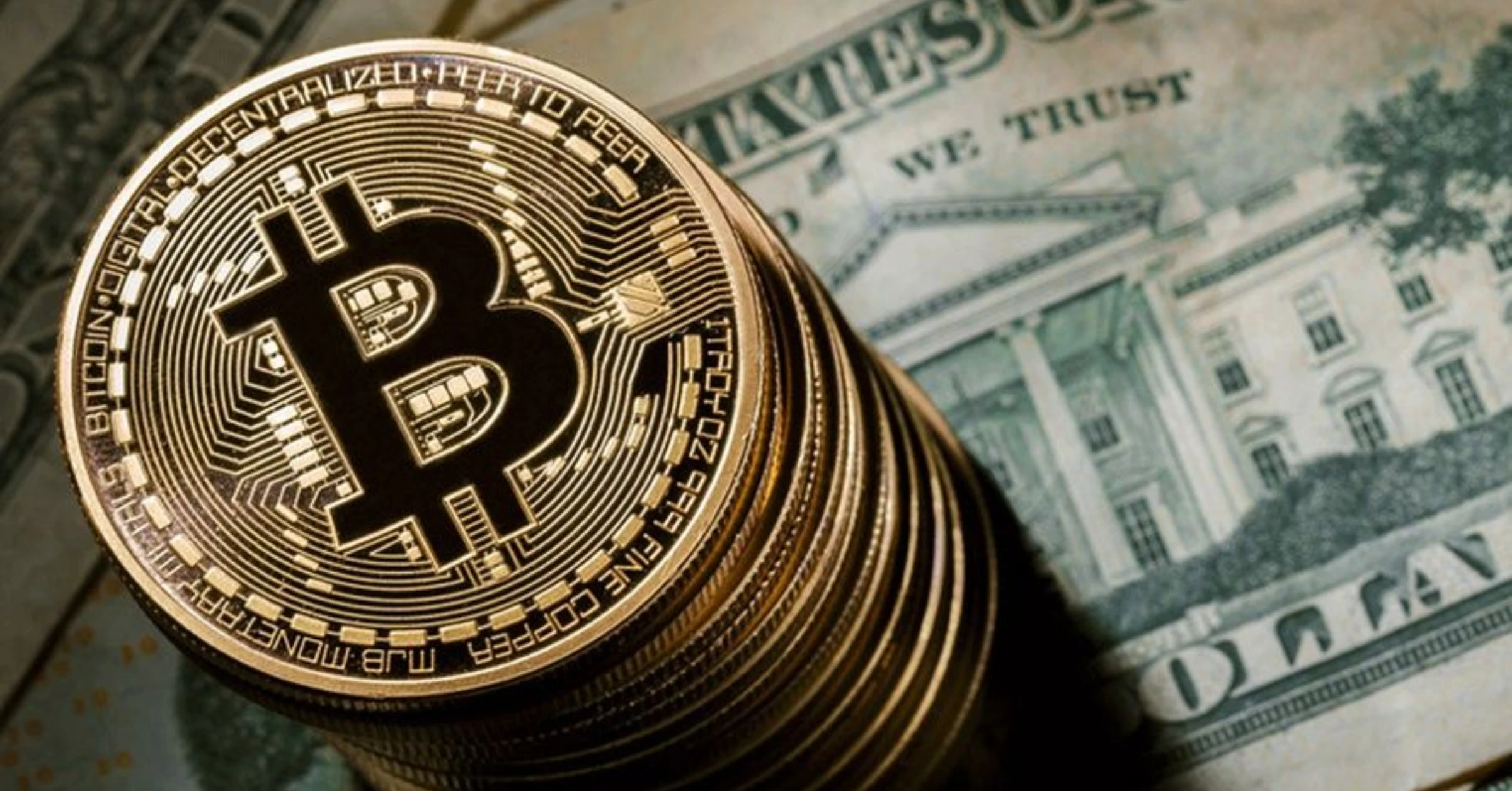Underpinning international trade, finance, and geopolitics, the US dollar has long been the world’s dominant reserve currency. However, the rapid ascent of digital assets and cryptocurrencies has sparked a provocative inquiry: Is it possible for a future cryptocurrency to supplant the US dollar as the global currency?
This concept is intricate and audacious, encompassing international relations, technology, and economics. We should investigate the opportunities and obstacles associated with this prospective transformation.
The rationale behind the current dominance of the US dollar
There are numerous factors that contribute to the dollar’s dominance:
* **Economic size and stability** of the United States. * **Deep and liquid financial markets** that attract global investors. * **Widespread acceptance** for commerce and as a store of value. * **Political and military influence** supporting global trust.
The purpose of holding dollars is to facilitate commerce, mitigate risk, and stabilize reserves in countries and enterprises worldwide.
The Crypto Alternative: What Would It Require?
In order for a cryptocurrency to replace the US dollar, it must simultaneously overcome substantial obstacles and provide compelling benefits. The following are the primary requirements:
* **Stability:** In contrast to volatile cryptocurrencies, the future global coin would need to maintain a consistent value in order to function as a dependable medium of exchange and store of value.
* **Speed and Scalability:** It must be capable of efficiently and economically managing the substantial volume of global transactions.
**Regulatory Clarity:** Clear legal frameworks and cooperation are necessary for broad international acceptance. Users must have confidence in the system’s integrity, governance, and resilience against attacks.
* **Accessibility:** The system is easily assimilated by governments, institutions, and individuals on a global scale.
Current Trends Indicate the Evolution of Digital Currency
* * **Central Bank Digital Currencies (CBDCs):** A number of countries, such as the United States, the European Union, and China, are currently investigating digital versions of their national currencies, indicating a shift toward digital money in mainstream finance.
* **Stablecoins:** Fiat-backed stablecoins, such as USDC and Tether, serve as a liaison between traditional currencies and blockchain technology, providing price stability and expedited settlement. * **Cross-border Payments:** Crypto networks have the potential to reduce the costs and time associated with international transfers, thereby challenging traditional correspondent banking institutions.
Challenges to the Replacement of the Crypto Dollar
Although advancements have been made, the replacement of the US dollar remains a formidable obstacle:
* **Geopolitical Dynamics:** Political power, alliances, and influence are all involved in currency dominance. * **Network Effects:** The dollar benefits from global familiarity and entrenched infrastructure.
* **Regulatory Obstacles:** Governments may oppose a decentralized or foreign digital currency that poses a threat to sovereignty.
** **Technological Risks:** Scalability, privacy, and cybersecurity continue to be continuously evolving obstacles.
* **Volatility:** The majority of cryptocurrencies today do not possess the price stability necessary to qualify for global reserve status.
Is it possible for a new cryptocurrency to emerge?
Some individuals hypothesize that a new, purpose-built cryptocurrency could merge the most advantageous aspects of decentralized technology with governance models that are specifically designed to foster trust and stability. A coin of this nature could be:
* **Governed by a consortium** of international stakeholders. * **Backed by a portfolio of assets** or algorithmically stabilized. * **Designed for interoperability** with existing financial systems.
This “global coin” has the potential to provide a neutral alternative to the dollar, thereby democratizing access and reducing geopolitical friction.
Final Thoughts: Evolution or Transformation?
The replacement of the US dollar will not occur immediately; it would necessitate dramatic changes in diplomacy, technology, and economics. It is more probable that we will observe a gradual evolution, with digital currencies coexisting and enhancing traditional money.
However, the crypto revolution has fostered the possibility of developing new monetary systems that are more inclusive, quicker, and less dependent on national borders. It remains uncertain whether a future coin will be able to genuinely dethrone the dollar; however, the discussion is no longer considered science fiction. It is becoming an imperative matter for global citizens, investors, and policymakers.
The shape of the future of money will be contingent upon the world’s ability to navigate this unprecedented moment of change, as it is digital.

Leave a Reply